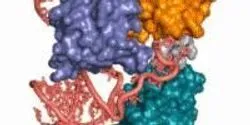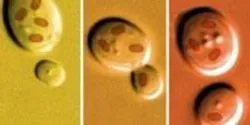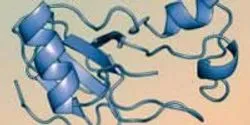Proteins

High resolution X-ray crystallography is an imaging technique in which X-ray beams are shot through purified, crystallized proteins. The beam scatters in different directions, allowing scientists to construct a detailed, 3-D model of the crystallized protein's molecular structure. Measuring the intensities and angles of the diffracted beams reveals the position of each atom in the protein.

The University of Washington is receiving a $31.2 million gift from Washington Research Foundation to boost entrepreneurship and support research that tackles some of society’s most crucial challenges.

It’s an unlikely beer-drinking toast: “Here’s to L-T-P-One!” Yet, the secret to optimal foam in the head of a freshly poured brew, according to Cornell University food science research, is just the right amount and kind of barley lipid transfer protein No. 1, aka LTP1.

Scientists at The University of Texas at Austin have discovered that a protein produced by the influenza A virus helps it outwit one of our body's natural defense mechanisms. That makes the protein a potentially good target for antiviral drugs directed against the influenza A virus.

Scientists have identified two unlikely partners in a type of immune cell called a macrophage that work together in response to cancer drugs to increase inflammation in a way that may alter tumor growth. Researchers from the National Institutes of Health published the study in the journal Cancer Research.

Using a powerful data-crunching technique, Johns Hopkins researchers have sorted out how a protein keeps defective genetic material from gumming up the cellular works. The protein, Dom34, appears to “rescue” protein-making factories called ribosomes when they get stuck obeying defective genetic instructions, the researchers report in the Feb. 27 issue of Cell.













